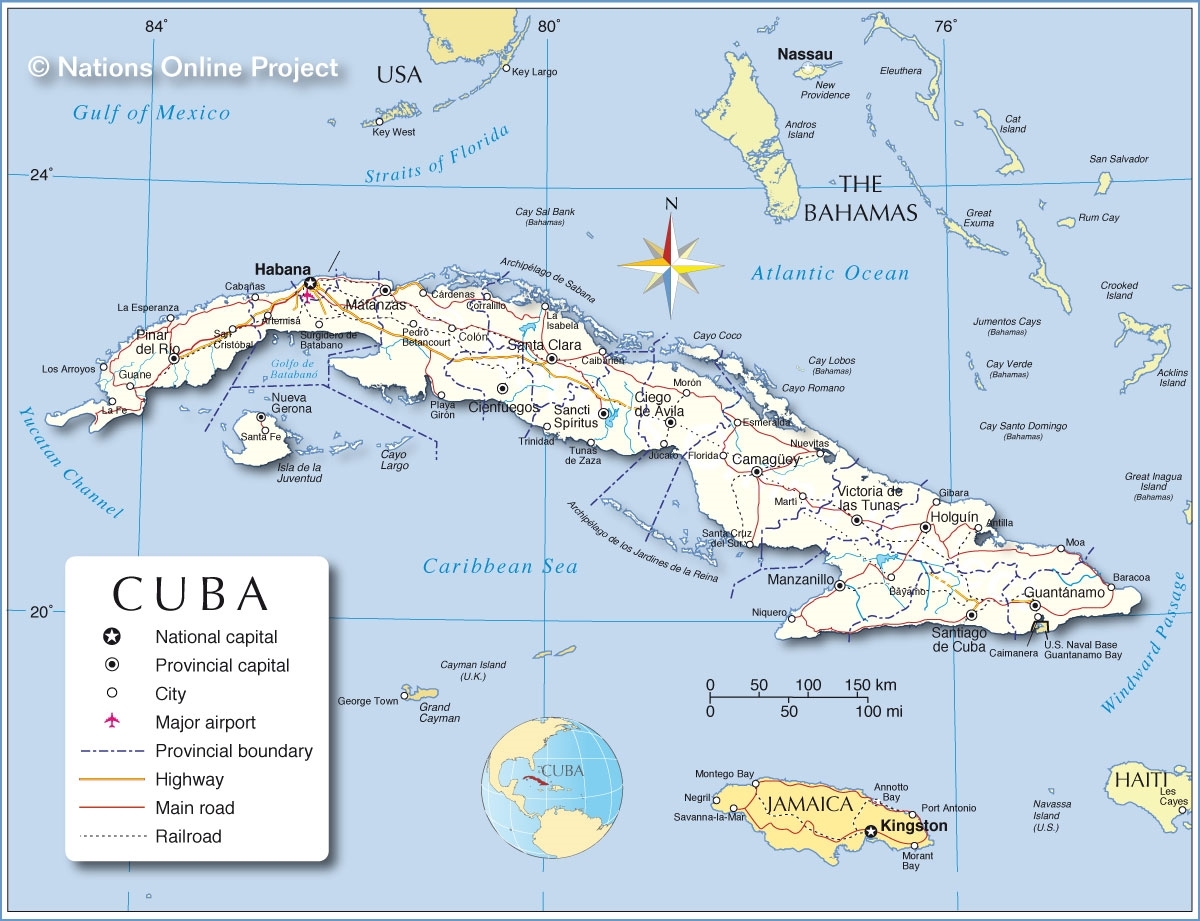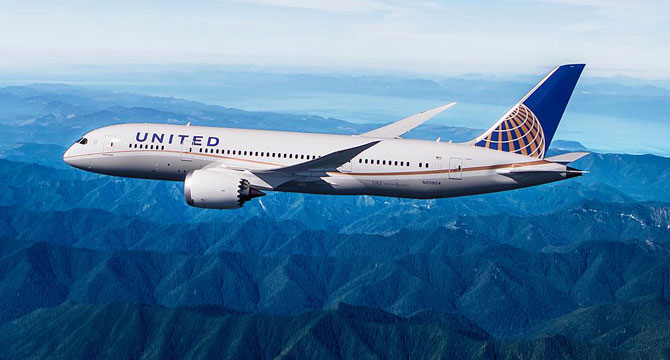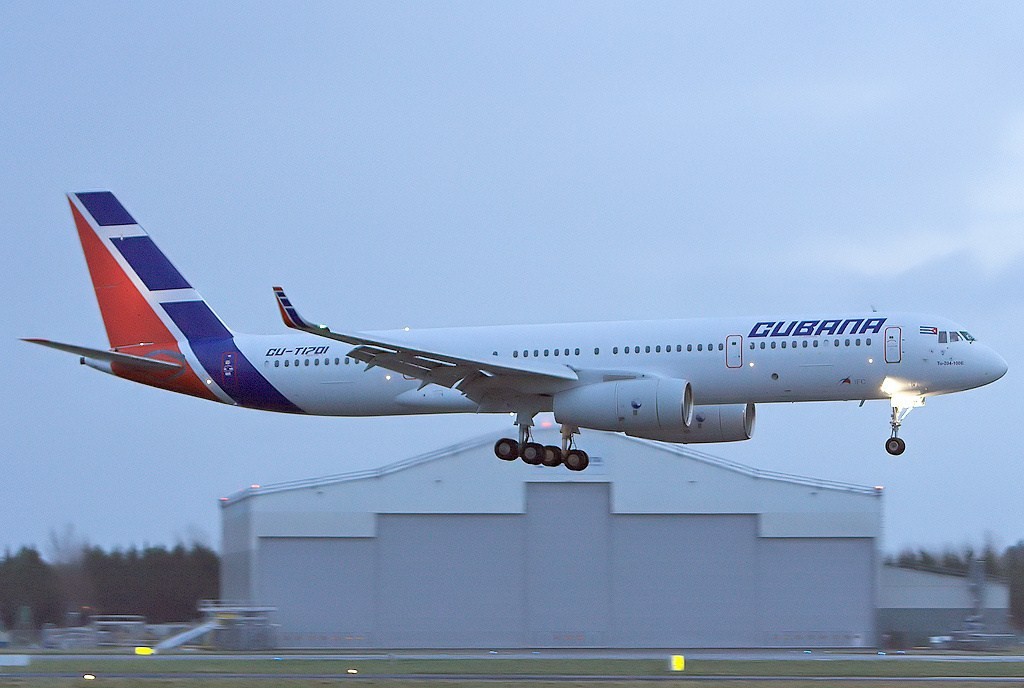Cubana Operational Issues May Provide Intra-Cuba Opportunities For U.S. Airlines
/On Friday, 18 May 2018 a thirty-nine-year-old Boeing 737 aircraft leased by Republic of Cuba government-operated Cubana de Aviacion (Cubana) from Celaya, Guanajuato, Mexico-based Damojh Aerolineas S.A. de C.V. crashed, killing 110 of 113 passengers. The crew, all of whom died, was provided by Damojh Aerolineas S.A. de C.V.
This event may create impetus for Cubana and United States-based airlines (American Airlines, Delta Air Lines, Jet Blue Airways, Southwest Airlines, and United Airlines among others) to seek approval, if required, from the United States Department of Transportation (USDOT) and/or Office of Foreign Assets Control (OFAC) of the United States Department of the Treasury and/or United States Department of Commerce (USDOC) for United States-based airlines to a) lease aircraft (with or without repainting) to Cubana and/or b) offer aircraft to code-share with Cubana for intra-Republic of Cuba routes.
Either action would provide increased safety, increased frequency, and increased connective opportunity for Republic of Cuba nationals to travel throughout the country and authorized travelers originating in the United States.
For example, Miami-Havana-Santiago de Cuba-Havana-Miami. Miami-Havana-Holguin-Havana-Miami. Ft. Lauderdale-Havana-Camaguey-Havana-Ft. Lauderdale. Tampa-Havana-Cienfuegos-Havana-Tampa.
From the USDOT:
In January 2016, EAR Section 746.2 (15 CFR § 746.2) was amended by revising paragraphs (b)(2) and (b)(2)(v) to read as follows: (b)(2) Exports and re-exports that generally will be approved. Applications for licenses to export or re-export the following generally will be approved: (b)(2)(v) Items necessary to ensure the safety of civil aviation and the safe operation of commercial aircraft engaged in international air transportation, including the export or re-export of such aircraft leased to state-owned enterprises.
On February 16, 2016, the United States and Cuba signed a Memorandum of Understanding (MOU) that will allow for the resumption of scheduled air services between the United States and Cuba. For scheduled combination or all-cargo services to and from Havana, under the terms of the MOU, U.S. carriers may operate up to twenty (20) daily round-trip frequencies. For scheduled combination or all-cargo services to and from each of the other nine (9) international airports in Cuba, U.S. carriers may operate up to ten (10) daily round-trip frequencies, for a total of ninety (90) daily non-Havana U.S.-Cuba round-trip frequencies.1 The MOU also allows for unlimited charter services to and from any point in Cuba, in accordance with the regulations of each country.2 This proceeding accordingly will not address charter services. Its sole focus will be on the allocation of scheduled service frequencies.
1 The nine airports, other than Havana’s José Marti International Airport (HAV), that are authorized for international services are: the Ignacio Agramonte International Airport in Camagüey (CMW); the Jardines del Rey Airport in Cayo Coco (CCC); the Vilo Acuña Airport in Cayo Largo (CYO); the Jaime González Airport in Cienfuegos (CFG); the Frank País Airport in Holguín (HOG); the Sierra Maestra Airport in Manzanillo (MZO); the Juan Gualberto Gómez Airport in Matanzas (VRA); the Abel Santamaría Airport in Santa Clara (SNU); and the Antonio Maceo Airport in Santiago de Cuba (SCU).
2 The MOU does not place limits on the number of carriers that may provide U.S.-Cuba services, nor does it limit aircraft capacity for scheduled or charter services.







